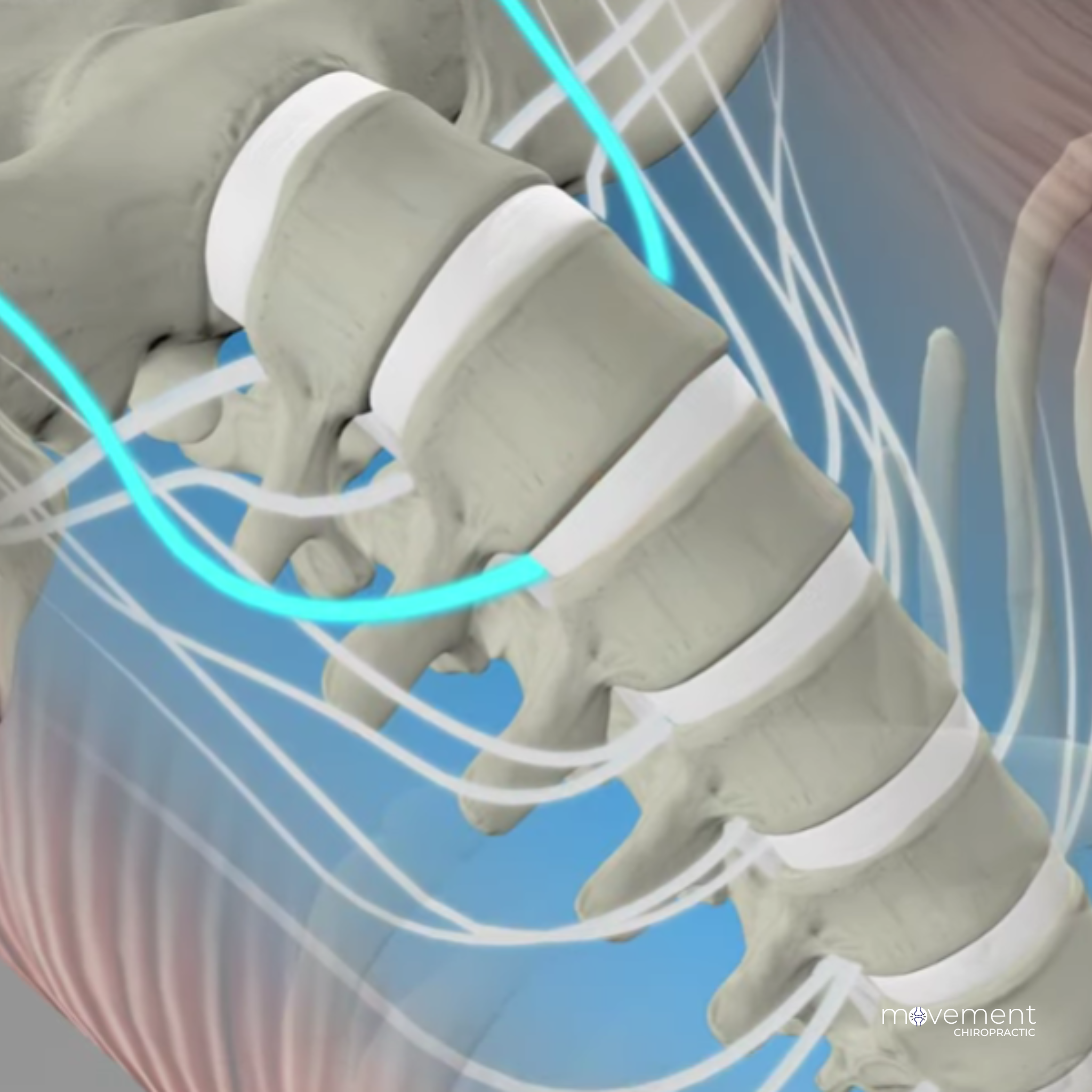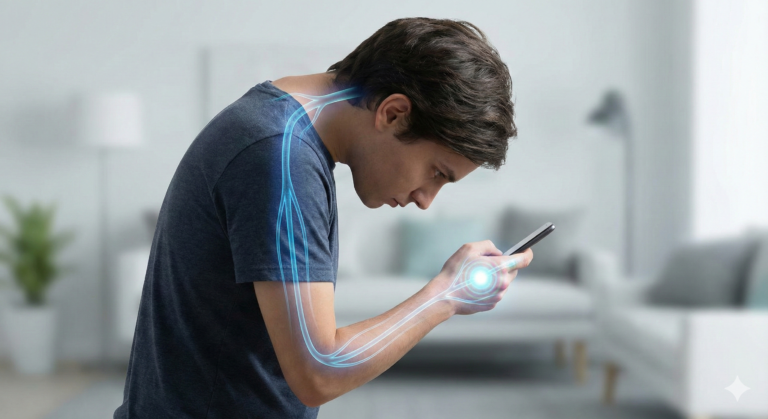Non-surgical spinal decompression therapy is an increasingly popular treatment for various spinal conditions, particularly those involving chronic neck or low back pain. This therapy gently stretches the spine, relieving pressure on spinal discs, joints, and nerves, which can significantly alleviate pain and promote healing.
How Does It Work?
Spinal decompression therapy involves the use of a specialized traction table to create negative pressure within the spinal discs. This allows bulging or herniated discs to retract, relieving pressure on the surrounding nerves. The process also facilitates the flow of nutrients, oxygen, and fluids into the discs, promoting natural healing.
Who Can Benefit?
Spinal decompression therapy is particularly suitable for individuals suffering from:
- Chronic neck or low back pain
- Herniated or bulging discs
- Sciatica
- Degenerative disc disease
- Posterior facet syndrome
Complementary Treatments:
Chiropractic Adjustments: Spinal decompression often works best when combined with other chiropractic treatments, such as adjustments. These can help maintain the benefits of decompression by keeping the spine aligned and reducing the likelihood of future issues.
Physical Therapy and Exercises: Incorporating specific exercises and physical therapy can strengthen the muscles supporting the spine, enhance the effects of decompression, and help prevent re-injury.
Lifestyle Modifications: For long-term success, lifestyle changes such as improving posture, ergonomic adjustments at work, and maintaining a healthy weight can support the benefits of spinal decompression therapy.
Who Should Avoid This Therapy?
While non-surgical spinal decompression is generally safe, it is not suitable for everyone. The following conditions are contraindications:
- Pregnancy
- Spinal fractures or instability
- Advanced osteoporosis
- Tumors
- Abdominal aortic aneurysms
Minimal Side Effects
Spinal decompression therapy is a non-invasive treatment with minimal side effects, making it a safe option for many patients. Most individuals experience little to no discomfort during the sessions, and any mild side effects, such as temporary muscle soreness, typically resolve quickly. With no need for surgery or lengthy recovery times, patients can often return to their normal activities soon after treatment. The therapy is also customizable, allowing adjustments to be made for the patient’s comfort, further minimizing the risk of adverse reactions.

- Non-invasive with no surgery or injections, reducing complication risks.
- Minimal discomfort during treatment.
- Quick recovery, allowing a return to normal activities soon after.
- Rare, mild side effects like muscle soreness.
- Customizable for patient comfort.
Non-surgical spinal decompression therapy is a promising option for those suffering from chronic spinal conditions. However, it’s crucial to consult with a qualified chiropractor to determine if this therapy is suitable for your specific condition. At Movement Chiropractic, our team is dedicated to providing personalized care to help you achieve lasting relief.
For more information on managing low back pain, click here.
References:
- Hafez, M.A., Khalil, L.H., & Harrison, D.E. (2024). “Non-Surgical Approaches to the Management of Lumbar Disc Herniation Associated with Radiculopathy: A Narrative Review.” Journal of Clinical Medicine.
- Trivedi, K. (2023). “Comparison of the Effectiveness of Traditional Motorized Traction and Non-surgical Spinal Decompression Therapy Added to Conventional Physiotherapy in Low Back Pain.” Research Square.
- Non-surgical Spinal Decompression in Post-Traumatic Syringomyelia: A Case Report.” Journal of Contemporary Chiropractic, 2023.





